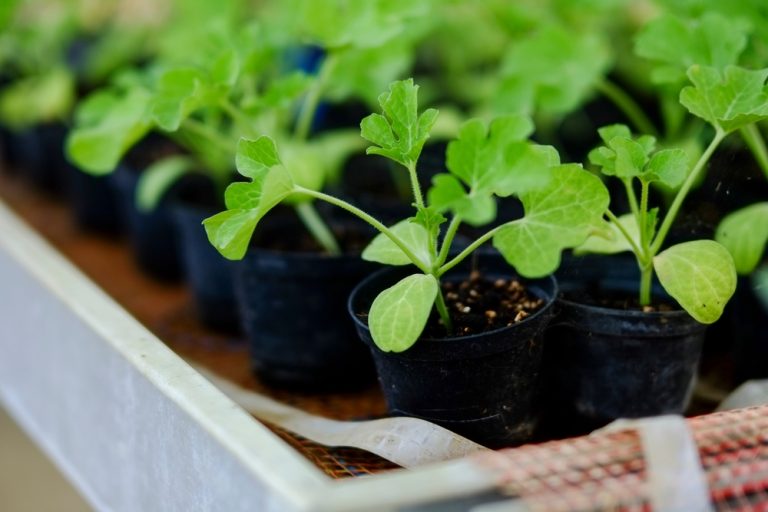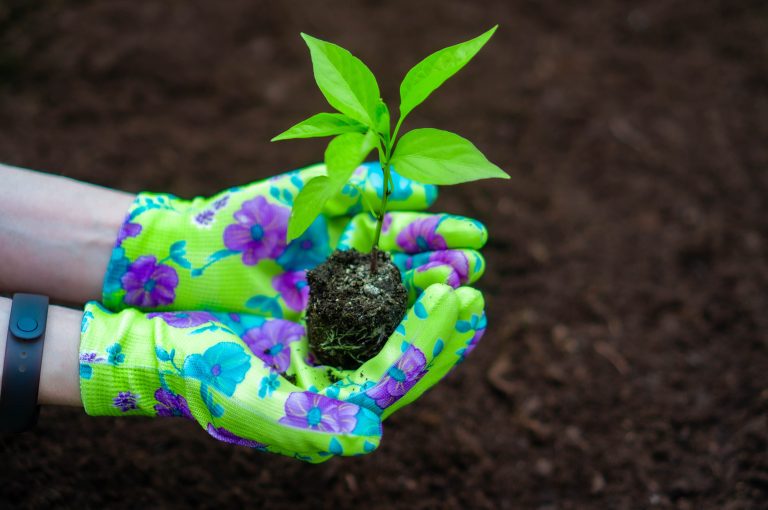There’s something downright magical and special about cool-weather gardening. It comes with crisp air, the earthy smell of damp soil, and the satisfaction of watching tiny green shoots settle into their new homes before the chaos of summer heat kicks in. While many gardeners pack away their tools when temperatures dip, the smart ones know…
seedling transplant
From Paper Towel to Potting Soil: The Ideal Time to Transplant Your Seedlings
Growing plants from seed is a rewarding process, but it takes more than just patience—it requires timing and care at every stage. One of the most critical steps is knowing exactly when to transplant your seedlings into potting soil. Move them too early, and they may not survive the shock; wait too long, and their…

